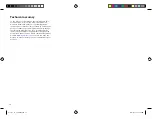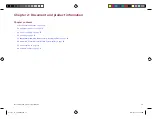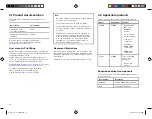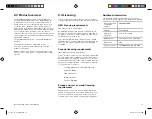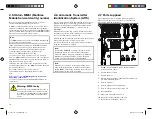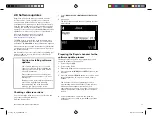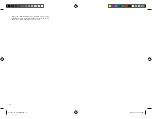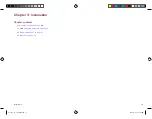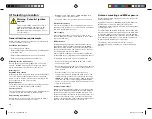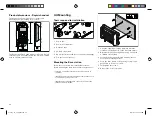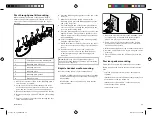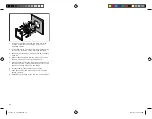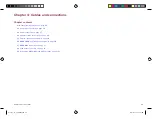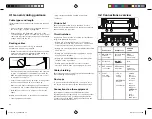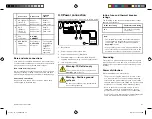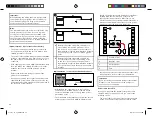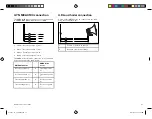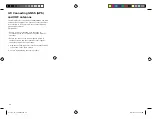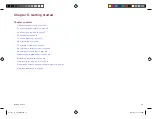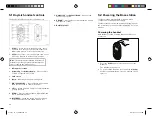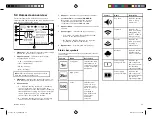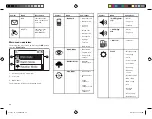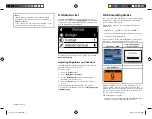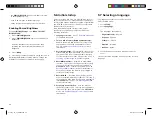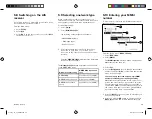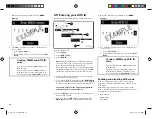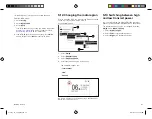
4.1 General cabling guidance
Cable types and length
It is important to use cables of the appropriate type and
length
• Unless otherwise stated use only standard cables of
the correct type, supplied by Raymarine.
• Ensure that any non-Raymarine cables are of the
correct quality and gauge. For example, longer power
cable runs may require larger wire gauges to minimize
voltage drop along the run.
Routing cables
Cables must be routed correctly, to maximize
performance and prolong cable life.
• Do NOT bend cables excessively. Wherever possible,
ensure a minimum bend diameter of 200 mm (8 in) /
minimum bend radius of 100 mm (4 in).
• Protect all cables from physical damage and exposure
to heat. Use trunking or conduit where possible. Do
NOT run cables through bilges or doorways, or close
to moving or hot objects.
• Secure cables in place using tie-wraps or lacing twine.
Coil any extra cable and tie it out of the way.
• Where a cable passes through an exposed bulkhead
or deckhead, use a suitable watertight feed-through.
• Do NOT run cables near to engines or fluorescent
lights.
Always route data cables as far away as possible from:
• other equipment and cables,
• high current carrying AC and DC power lines,
• antennae.
Strain relief
Ensure adequate strain relief is provided. Protect
connectors from strain and ensure they will not pull out
under extreme sea conditions.
Circuit isolation
Appropriate circuit isolation is required for installations
using both AC and DC current:
• Always use isolating transformers or a separate
power-inverter to run PC’s, processors, displays and
other sensitive electronic instruments or devices.
• Always use an isolating transformer with Weather FAX
audio cables.
• Always use an isolated power supply when using a
3rd party audio amplifier.
• Always use an RS232/NMEA converter with optical
isolation on the signal lines.
• Always make sure that PC’s or other sensitive
electronic devices have a dedicated power circuit.
Cable shielding
Ensure that all cables are properly shielded and that the
cable shielding is undamaged.
Dust caps
To prevent potential water ingress, connectors not in
use should be protected using the supplied dust caps.
Connections to other equipment
Requirement for ferrites on non-Raymarine cables
If your Raymarine equipment is to be connected to other
equipment using a cable not supplied by Raymarine,
a suppression ferrite MUST always be attached to the
cable near the Raymarine unit.
4.2 Connections overview
Connection
Connects to
Suitable
cables
1
GNSS (GPS)
antenna
connection
Passive GNSS
antenna
GNSS
antenna’s
fitted cable.
2
Earth stud
DO NOT
CONNECT
N/A
3
VHF antenna
connection
VHF antenna
or Splitter
VHF
antenna’s
fitted cable.
4
Power
and data
connection
• 12 V dc
power
supply
• NMEA 0183
devices
• Loud Hailer
• Suitable
power
extension
or circuit
breaker.
• cable
supplied
with your
NMEA 0183
device
• Loud
hailer’s
fitted cable
26
81377-1-en_US_PRINT.pdf 26
12/21/2017 9:05:37 PM

